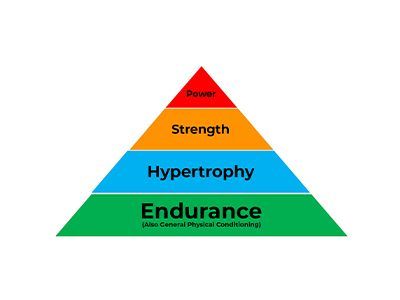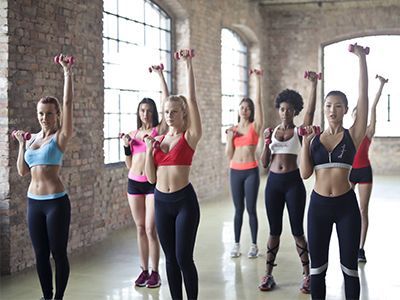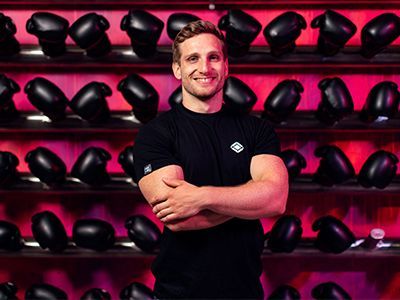Prehab - What is it and is it worth it?
If you regularly hit plateaus in your gym program or constantly worry about potential injuries during your workouts, then ensuring you prepare properly might help. Prehabilitation, or prehab for short, is a proactive approach to fitness that focuses on preparing your body before you engage in intense exercise. Methods of prehab include the use of foam rolling, comprehensive warm-ups, and dynamic stretching - and they can enhance your performance while reducing the risk of injury.
Foam Rolling: The Foundation of Prehab
Foam rolling is a powerful and often underestimated prehab tool. It involves using a cylindrical foam roller to apply pressure to specific areas of your body, such as the muscles and fascia. This self-myofascial release technique offers several benefits, making it a crucial element in your prehab routine:
· Improved Blood Flow: Foam rolling increases blood circulation to targeted muscles, delivering essential nutrients and oxygen. This improved blood flow helps prepare your muscles for the upcoming exercise, reducing the risk of cramps and muscle imbalances.
· Increased Tissue Elasticity: By rolling out tight and restricted fascia, foam rolling enhances the elasticity of muscle tissues. This increased flexibility allows for a more extensive range of motion during exercises, which is particularly important for compound movements like squats and deadlifts, and sports activities involving sprints and fast change of direction.
· Reduced Muscle Soreness: Post-workout muscle soreness, or delayed onset muscle soreness (DOMS), can hinder your ability to maintain consistency in your training. Incorporating foam rolling before your workout can help reduce the severity and duration of DOMS.
Comprehensive Warm-Up: Setting the Stage for Success
A proper warm-up serves as a bridge between your resting state and the demands of an intense workout. The primary goals of a warm-up are to elevate your core body temperature, increase heart rate, and prepare your muscles and joints for the upcoming exercise.
A comprehensive warm-up should include:
1. Aerobic Activity: Start with light aerobic exercises like jogging, cycling, or rowing. This gradually raises your heart rate and increases circulation throughout your body.
2. Mobility Drills: Engage in dynamic mobility exercises to improve the range of motion in your joints. Leg swings, arm circles, and hip rotations are excellent choices to target key areas.
3. Activation Exercises: Perform specific exercises that activate and "switch on" the muscles you'll be using during your workout. For instance, before squatting, do bodyweight squats to activate your quadriceps and glutes.
4. Sport-Specific Movements: Include sport-specific movements or movements relevant to your gym program. For example, if you're doing Olympic weightlifting, incorporate light sets of snatches or clean and jerks with a focus on form.
Dynamic Stretching: Enhancing Joint Range of Motion
Dynamic stretching is another essential prehab component that goes beyond traditional static stretching. Instead of holding a single stretch position, dynamic stretching involves controlled, active movements that take your joints and muscles through a full range of motion. Here's how dynamic stretching contributes to your prehab routine:
1. Improved Joint Range of Motion: Dynamic stretching helps enhance joint flexibility, allowing you to perform exercises with a broader range of motion.
2. Enhanced Muscle Activation: Dynamic stretching activates the muscles and neuromuscular pathways you'll be using during your workout. This prepares your body to exert force and reduces the risk of strain or injury.
3. Enhanced Blood Flow: Like foam rolling, dynamic stretching increases blood flow to the muscles you're targeting. The improved circulation ensures that your muscles receive a sufficient oxygen supply, reducing the risk of cramping and injury.
Take Home Message
The concept of prehab, encompassing foam rolling, a comprehensive warm-up, and dynamic stretching, is a game-changer for your gym program. By incorporating these practices into your routine, you can significantly improve your performance while simultaneously reducing the risk of injury. Remember that consistency is key; make prehab an integral part of your fitness journey, and you'll reap the rewards in the form of enhanced gains and a safer, more enjoyable training experience.
Prehab isn't just a precaution; it's your path to peak performance and long-term well-being in the gym. Remember, if you injure yourself, you can’t train!
Share this blog
Read more from Academy of Fitness and High Performance











